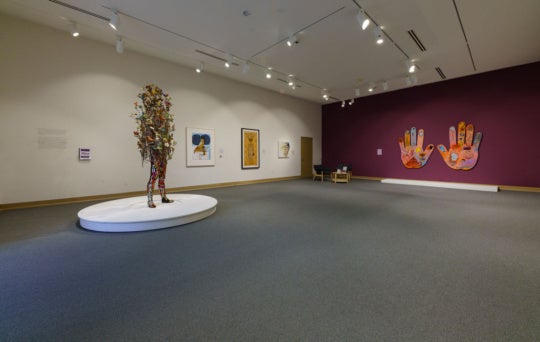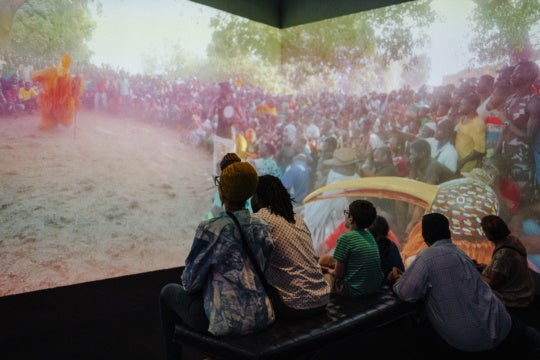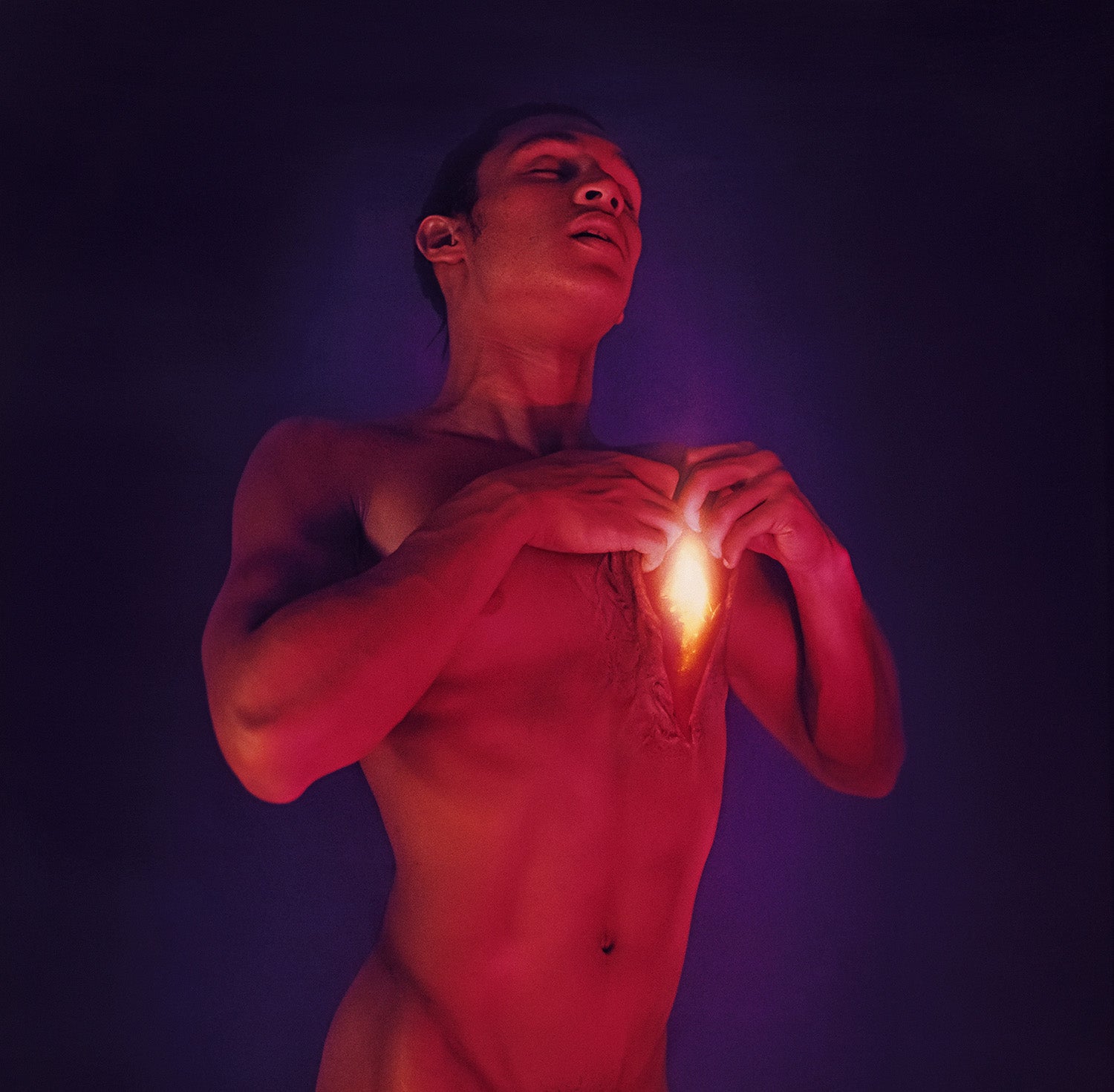
I. “You are the light of the world. A town built on a hill cannot be hidden. Neither do people light a lamp and put it under a bowl. Instead they put it on its stand, and it gives light to everyone in the house. In the same way, let your light shine before others, that they may see your good deeds and glorify your Father in heaven.” –Matthew 5:14-16 1
In the New Testament of the Bible, the books of Matthew, Mark, Luke, and John aim to spread the Gospel, or “the good news,” of Jesus Christ. However, as Sarah Ruden pointed out in the introduction to her 2021 translation, these synchronous accounts are sometimes contradictory. Also, Jesus can be tough to understand. The Savior “can be almost whimsical,” she described. “He answers many questions analogically, cryptically, or not at all, or with a joke or a scolding.” His parables, she added, “baffle even his own followers, and he occasionally states that the obscurity is deliberate.” Jesus’ trial and crucifixion are humbling moments, but, with his resurrection, “the mystery is redoubled,” she noted. “Since [Jesus] does not answer, there is no real answer…a normal kind of explication is in himself or nowhere, so it is nowhere.”2
To have faith in Jesus is to embrace inscrutability, finding comfort and peace in the promise of everlasting mercy. It is somewhat surprising to see this same unshakable conviction as the foundation of Dear Sonja, acclaimed photographer David LaChapelle’s latest survey exhibition at the North Carolina Museum of Art in Winston-Salem. Even more surprising is learning that the seemingly glamour-obsessed image-maker and gay cultural icon is deeply devout. Surveying LaChapelle’s forty-year career, it’s evident that the photographer has consistently embraced what cannot be predicted or proven—only believed. The inherent paradoxes in his most prophetic works become part of their appeal.
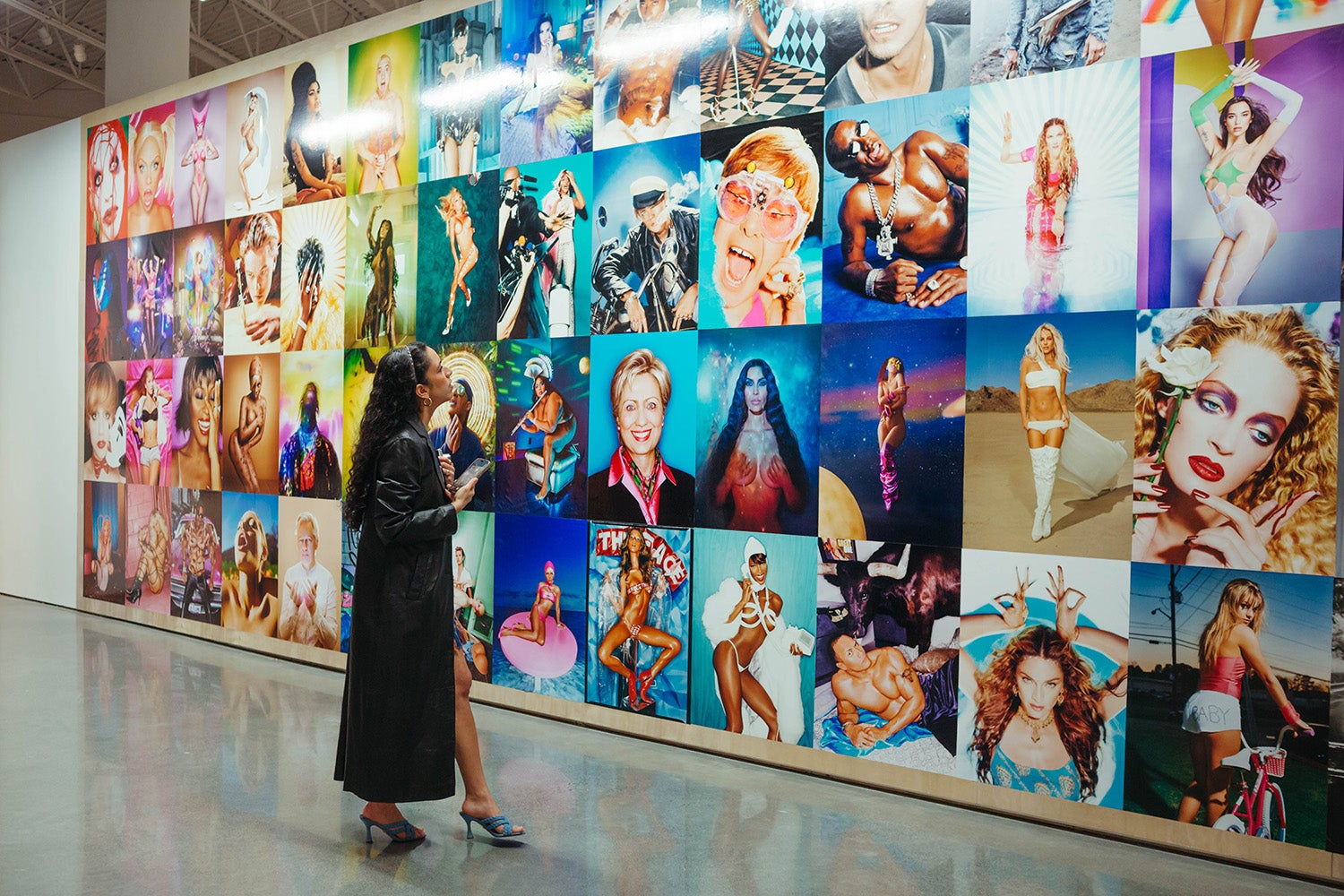
It may sound hyperbolic, but David LaChapelle has been responsible for some of the most memorable and culturally significant celebrity portraits in recent memory—many crafted with a pious slant. There was Tupac Shakur, recently out of prison, scrubbing away his sins in the purity of a bubble bath, locking eyes with the viewer while massaging his scalp (Becoming Clean, 1996); Michael Jackson donning enormous angel wings and holding down a wrestling red Devil with just his left foot (Archangel Michael, ‘And no message could have been any clearer’, 1990); Britney Spears on the cover of Rolling Stone, looking to shed her good-Christian-girl image by dressing in provocative pajamas and laying on a silk bedspread, clutching a phone and a plush Teletubby (I’m Not Your Toy, 1999); David Bowie as a plastic surgeon with a dummy in his lap (Self-Preservation, 1995), echoing Michelangelo’s Pietà (1498–1499), where the Virgin Mary cradles her son after his crucifixion. (LaChapelle has returned to Pietà throughout the years in photos of Courtney Love, Lady Gaga, Kanye West, and others.)
These portraits, alongside fifty-two others, are wheat-pasted together to form the floor-to-ceiling installation Vox Populi: Rainbow—a motley crew of the recognizable, with aesthetic choices prompting subtle judgments. (In particular: Hilary Clinton gazing back at you with bloodshot eyes and a pained smile in Politicians Paradox, 2001.) The arrangement also serves as the show’s cultural palette cleanser. Now that the allure of celebrity is out of the way, viewers can take Dear Sonja in with fresh eyes—diving into what has preoccupied the artist since he briefly stepped away from his commercial photography career in the mid-2000s, moved to Hawaii, and established a farm and homestead on a former nudist colony in Maui.
II. “When you hear of wars and rumors of wars, do not be alarmed. Such things must happen, but the end is still to come. Nation will rise against nation, and kingdom against kingdom. There will be earthquakes in various places, and famines. These are the beginning of birth pains.” –Mark 13:7-83
In the twelve-foot-wide Deluge (2006), a photograph that feels like the exhibition’s conceptual centerpiece, gobs of naked figures battle turbulent and rising waters as Caesar’s Palace, Gucci, and the surrounding cityscape collapse in an ensuing flood. The subjects are caught in a chaotic, Hieronymus Bosch-like composition. Most of the men are muscular, bronze—seemingly plucked from West Hollywood or New York City’s Chelsea neighborhood. Here, the degree of camp feels up for debate. Are the statuesque, handsome models signifying that disaster will come for everyone, no matter how wealthy, privileged, or beautiful one is? Or does it resemble a subconscious desire to still capture something alluring and tantalizing in the midst of so much decay?
Gazing upon the fabulous bodies stuck in the proverbial mud of Deluge’s cataclysmic destruction, I recalled a scene from the 2003 indie sleaze film Party Monster, where Macaulay Culkin portrayed Michael Alig, New York City’s most infamous Club Kid. In one scene about the dangers of overindulgence, Culkin as Alig misquotes the esteemed English poet and painter William Blake—coincidentally, also one of LaChapelle’s major influences.4 “The road of excess leads to the palace of…” not wisdom, he says, butchering a line from 1793’s “The Proverbs of Hell,” but “of fabulousness.”
The palace of fabulousness seems to be the comfort zone that LaChapelle retreats to, evident in other works on view like The Rape of Africa (2008), a maximalist remake of Botticelli’s Venus and Mars (1485) that criticizes American greed with a broad, continent-wide brush. (The work also features an almost-incognito Naomi Campbell, so celebrities aren’t totally out of the mix.) Same with the vignettes that make up Good News for Modern Man, an altarpiece-like arrangement of cut, spliced, and hand-painted photocollages with more classical nudes and lavish jungles at their center, each composition printed on glass tiles and illuminated from behind with a heavenly glow.
Wincing moments aside, LaChapelle’s photographs do reliably capture the character of the world before Christ. I told an evangelical friend of mine that LaChapelle’s depiction of the Tower of Babel (2024) made the myth’s climax look like a Miami circuit party. “Well,” he replied, “it kinda was.”
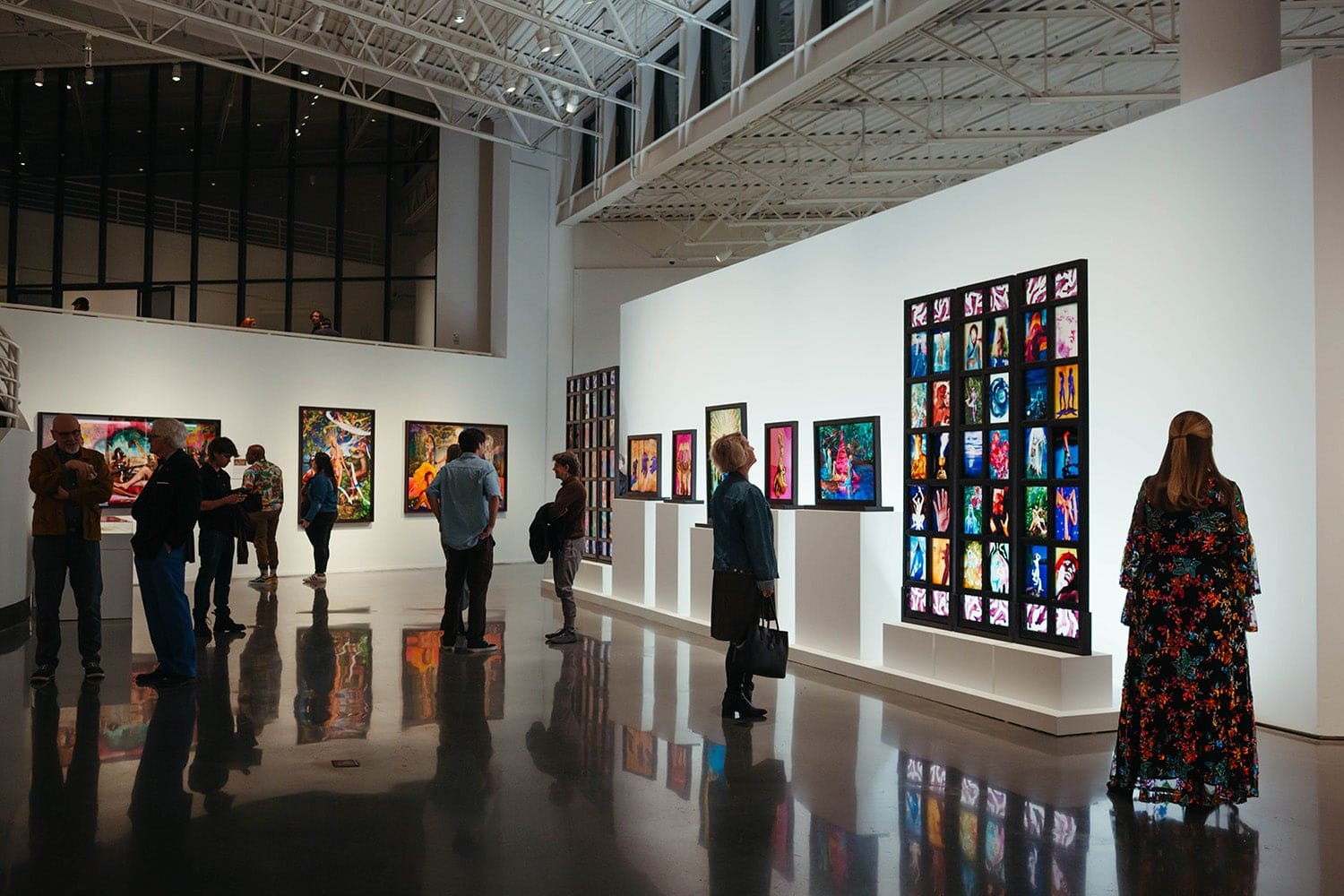
LaChapelle’s imagery without people is some of his strongest. The prescient Seismic Shift (2012) envisions the Broad in Los Angeles crumbling after an earthquake, reducing high-priced and significant contemporary artworks by Damien Hirst, Jeff Koons, Takashi Murakami, and others into flotation devices and jagged scraps of material. It’s a biting critique of mad money markets, of materialistic and unregulated capitalism, but today, this image is more haunting than scathing, as in the past year, western North Carolina and Eastern Kentucky have experienced record flooding, the Caribbean saw the earliest Category 5 hurricane on record, and whole neighborhoods in Los Angeles have burned to the ground.5
Gas Shell (2012) portrays an abandoned yet still glowing Shell station, overtaken by vines and foliage to suggest nature’s reclamation after humanity’s end. A closer inspection of the large-format print, which measures nearly 60 by 40 inches, reveals the gas station is a meticulously crafted miniature. It showcases a remarkable sense of dedication and offers a delightful glimpse into LaChapelle’s process, revealing the concerted and underappreciated labor involved in his image-making.
In Aristocracy: Lost in the Clouds of Luxury (2014), three jets effortlessly glide through smoke clouds of purple, orange, and yellow, moving like graceful ballerinas unbothered by the world below. LaChapelle’s strength in making this doomsday moment one of poetic and wistful beauty marks an aesthetic high point for the legendary portraitist. It’s an image that will resonate in unexpected ways for decades to come.
III. “Do not judge, and you will not be judged. Do not condemn, and you will not be condemned. Forgive, and you will be forgiven. Give, and it will be given to you. A good measure, pressed down, shaken together and running over, will be poured into your lap. For with the measure you use, it will be measured to you.” –Luke 6:37-386
Why Winston-Salem for such a monumental testament to LaChapelle’s storied career? Well, as the photographer tells it, his big break didn’t really come from exhibiting in NYC galleries when he was younger, getting scouted by Andy Warhol, or contributing to the artist’s groundbreaking Interview Magazine at seventeen. It came from an eccentric principal of the University of North Carolina School of the Arts’ high school, who took a chance by admitting the young artist (and sophomore dropout) for his senior year. LaChapelle initially entered the Winston-Salem school’s rigorous arts program as a painter, holding profound reverence for art history, but photography classes ignited a greater passion. The rest is pop culture history.
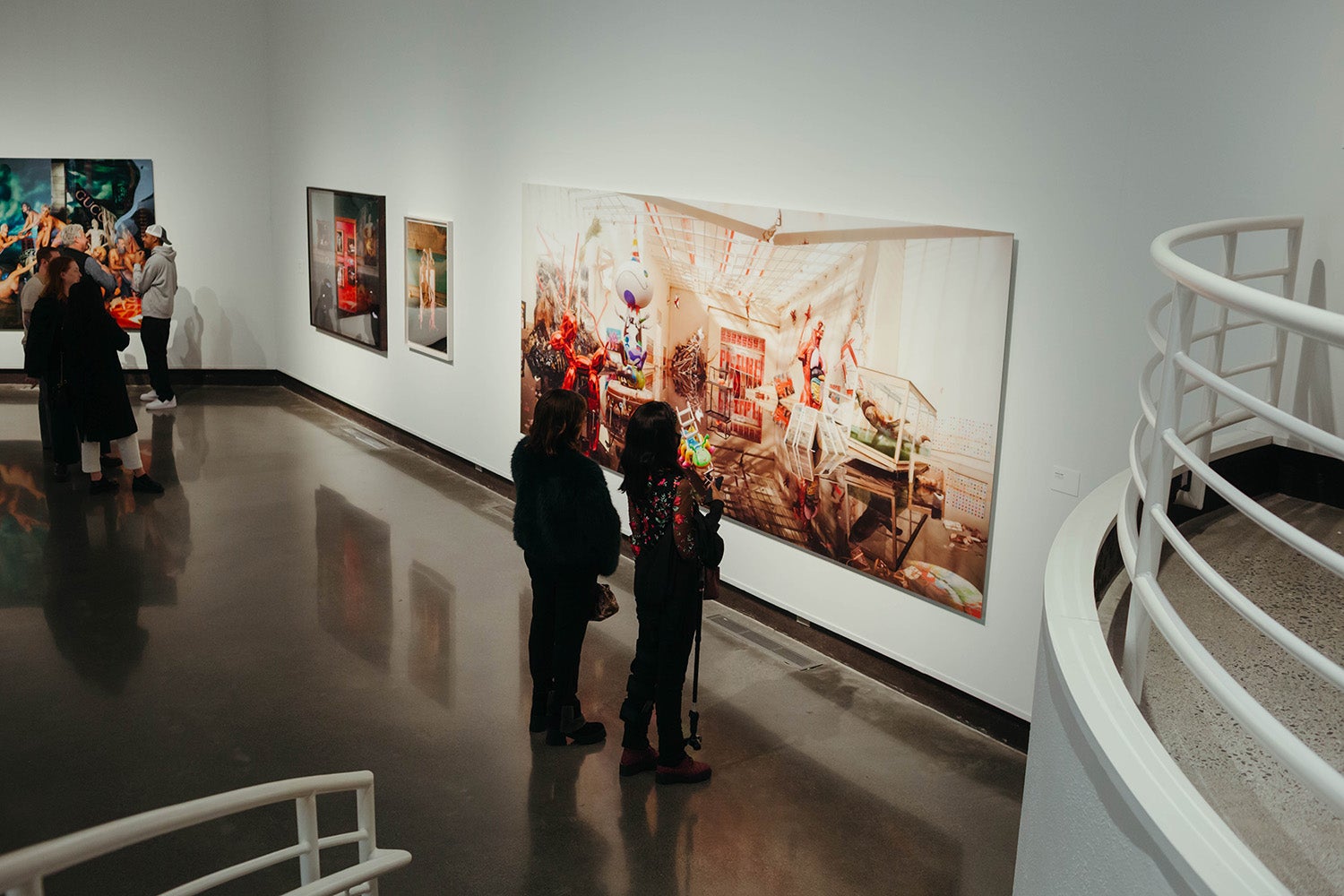
Considering LaChapelle’s impact on contemporary art from the museum’s vantage point is a welcome turn, as the art world has not always been kind to him. A New York Times profile from 2011 quoted an array of critical curators, dealers, and other professionals, surmising that, to more discerning eyes, “Mr. LaChapelle is less an artist than a commercial hack.”7 Hyperallergic wrote around the same time that, “there’s nothing wrong with being a commercial photographer, but it is wrong to suggest that his ads for Maybach or shots of Lady Gaga might some day be viewed in the same way as Warhol and Basquiat’s collaborative paintings.”8
But now, in many aspects, mainstream society and popular aesthetics have shifted, finally catching up to LaChapelle’s outré vision. It feels apt to give the man his flowers after he’s spent decades following his intuition. Artists, image makers, and celebrities now aspire to replicate his style rather than dismiss it as superficial or controversial. The fact that he left his prosperous commercial photography career behind while at the top of his game, albeit briefly, makes the story even more intriguing. Staging a celebratory survey exhibition near the arts high school that LaChapelle credits with changing the course of his career feels like the final scene in a redemptive documentary.
IV. “I am the vine; you are the branches. If you remain in me and I in you, you will bear much fruit; apart from me you can do nothing. If you do not remain in me, you are like a branch that is thrown away and withers; such branches are picked up, thrown into the fire and burned.” –John 15:5-69
In a quick interview before the opening, I asked LaChapelle how he stays motivated and fosters creativity despite political upheaval and environmental uncertainty. (Folks in my circle are surely struggling.) He languidly brushed it off, telling me how all the recent chaos lines up with biblical prophecies made over 2,000 years ago.
He adds, “It’s wild to watch this stuff unfold…It also gives you a sense of peace that this is all falling into an alignment.”
I found myself speechless at his response. Before our conversation, I halfway assumed his work’s spiritual aspects were a critique of organized religion and overzealous interpretations of scripture, or a satirical look at faith’s hollowness in the face of calamity. But, in his scenes, disaster is catharsis; the potential redeeming aspects of such catastrophes lie in the assurance of spiritual salvation. Destroying all the corporeal aspects of the over-developed, greedy, and materialistic world is one way to liberate believers into the Promised Land and lead them to a life that is eternal, idyllic, and selfless.
“With a lot of exhibitions I’ve had,” he told me, “you see the audience is full of gay and trans kids, drag queens, and the like, and they’re really surprised to see that I’ve done these pictures that are not ironic or blasphemous. That, really, I have faith.”
He also pushed back on an early criticism that his work is shocking. “What’s shocked people is that you can have faith…you can be gay, have faith, be a Christian, and that’s nobody’s business. That’s between me and God.”
The initial shock of LaChapelle’s devotion had already faded for me when I caught a glimpse of him singing along to Frank Ocean’s “American Wedding,” which was playing over the loudspeakers just before his artist talk began.
“But, Jesus Christ, [he] don’t break my heart,” he softly joined in from stage right, the auditorium still dark. “This wedding ring won’t ever wipe off.”
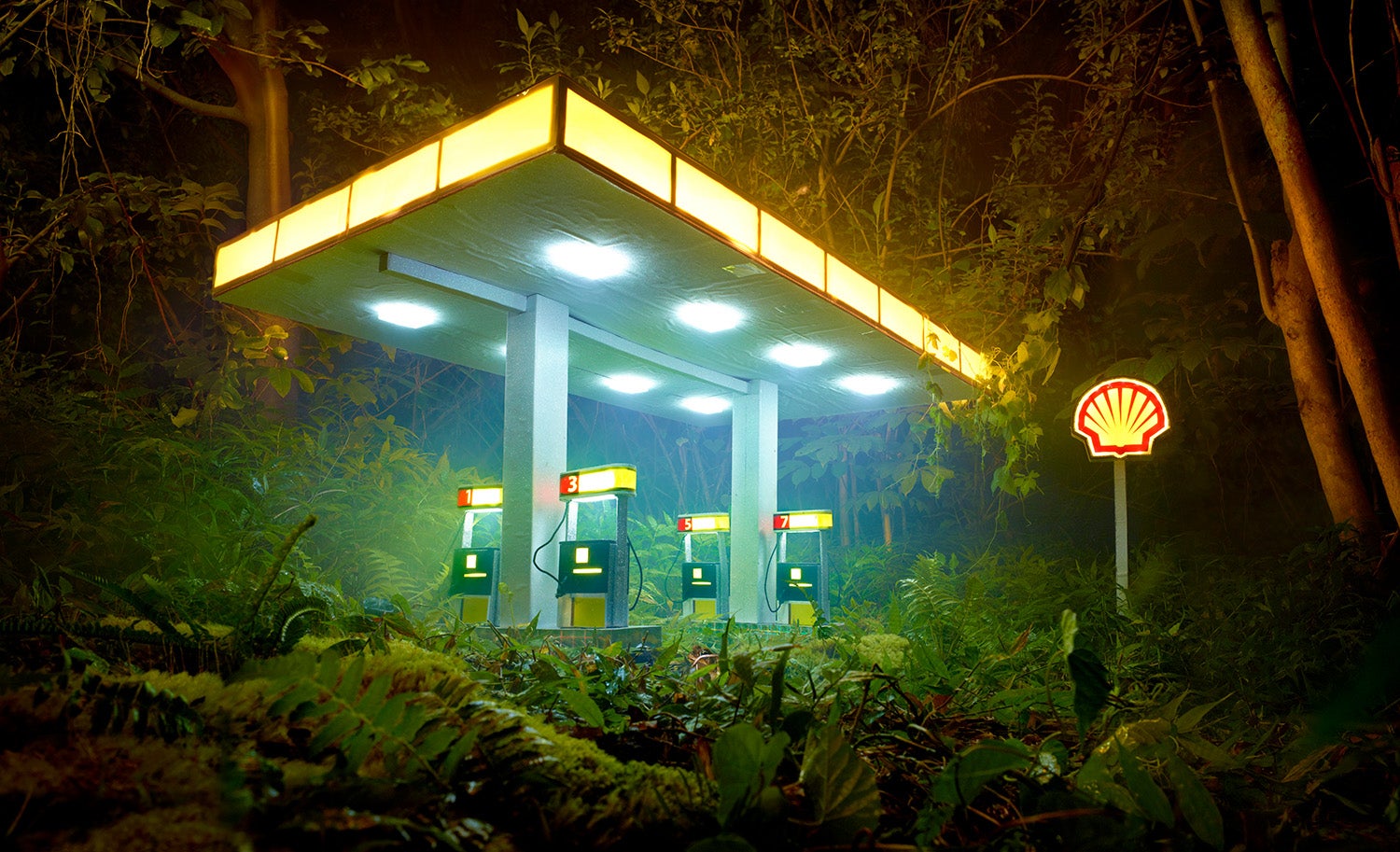
1. Matt. 5:14-16 NIV
2. Ruden, Sarah. Introduction. In The Gospels: A New Translation, xiv–xvii. New York, NY: Modern Library, 2021.
3. Mark 13:7-8 NIV
4. In a 2017 interview with Paper Magazine, LaChapelle said, “Michael [Jackson] is a big, important figure to me. I put him on the level of Michelangelo, William Blake, The Beatles.” (Suskind, Alex. “David LaChapelle Gets Candid.” PAPER Magazine, April 15, 2020. https://www.papermag.com/david-lachapelle-michael-jackson-julian-assange-pam-3.)
5. World Meteorological Organization. “State of the Climate in Latin America and the Caribbean 2024 [En/Ar/Ru/Zh] – Argentina.” ReliefWeb, March 29, 2025. https://reliefweb.int/report/argentina/state-climate-latin-america-and-caribbean-2024-enarruzh.
6. Luke 6:37-38 NIV
7. Trebay, Guy. “David LaChapelle: An Unexpected Life.” The New York Times, May 27, 2011. https://www.nytimes.com/2011/05/29/fashion/david-lachapelle-from-photographer-to-artist.html.
8. Silver, Jocelyn. “I Fell Asleep in Front of David LaChapelle.” Hyperallergic, June 25, 2011. https://hyperallergic.com/27249/david-lachapelle-lecture/.
9. John 15:5-6 NIV

